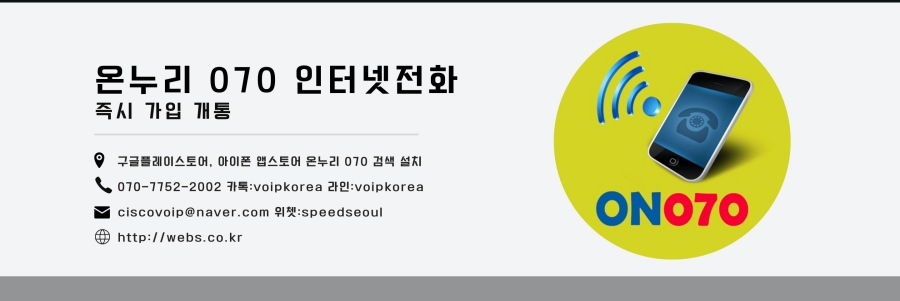스마트폰앱
- 전화 다이얼러
- 모바일 VOIP
- 안드로이드 프로그램
- 아이폰 앱 프로그램
- 네트워크 프로그램
- JAVA 자바
- UI DESIGN
- android JNI
- http post get
- 휴대폰 해외로밍

 카톡
카톡
라인상담
라인으로 공유
페북공유
◎위챗 : speedseoul

https://www.theiphonewiki.com/wiki/UDID
UDID
A UDID (Unique Device Identifier) is a calculated string that is used to identify a device for the purposes of app installation, registration, and MDM enrollment.
For developers building extensions for jailbroken iOS: it's not recommended to calculate the UDID yourself - instead, use libMobileGestalt.dylib, as described on the iPhoneDevWiki.
Calculation
There are two different formats of UDID, depending on the device.
September 2018-present
With the release of Apple Watch Series 4, iPhone XR, iPhone XS and iPhone XS Max, the UDID format changed. All devices released after these use the new format:
- 8 characters of ChipID padded with zeros on the left, without leading zeros. e.g.
8020for iPhone XS. - A hyphen, followed by 16 characters of ECID in hexadecimal padded with zeros on left
The general format will be:
[0padding]CHIP-[0padding]ECID
Example:
00008020-008D4548007B4F26
2007-August 2018
For devices released before September 2018 (Apple TV 4K and earlier, Apple Watch Series 3 and earlier, iPad (6th generation) and earlier, iPad mini 4 and earlier, iPhone X and earlier, and iPod touch (6th generation) and earlier), the method to calculate is the following:
- Get the 11- or 12-character long serial number (exactly like it is written in the Settings app)
- On iPhone 4 and newer, get the ECID in decimal, no leading zeroes. On earlier devices, get the IMEI number (without spaces, empty string for iPod touch and Wi-Fi model iPads)
- Get the Wi-Fi MAC address (letters in lower case, including colons); for the iPod touch first generation use "00:00:00:00:00:00"
- Get the Bluetooth MAC address (letters in lower case, including colons)
- Calculate a SHA1 hash of these.
The basic formula for this is below:
On the Verizon iPhone 4 up to iPhone X (inclusive):
UDID = SHA1(serial + ECID + wifiMac + bluetoothMac)
Prior devices:
UDID = SHA1(serial + IMEI + wifiMac + bluetoothMac)
Changing UDID
This form of UDID can be changed by running the command below, followed by a DFU restore. If the DFU restore is not performed, many applications will break, including iTunes. It is very important to first write down the original MAC address and keep that information in a safe place so that you can revert this change if necessary. This hack is shown on an iPod touch (4th generation).
It is also very important to not change this to an invalid MAC address. If you change your device's MAC address to something invalid, your internet won't work again until you fix the MAC address (using MobileTerminal or similar). This persists even if you restore -- so you can make this really really hard to fix (you can call it a form of bricking) if you restore and there's no jailbreak available, if the available jailbreaks don't include afc2 and other workarounds aren't working.
Note that changing your UDID can have weird side effects in general, including that you'll have to log in again to everything, including Apple apps.
If you're still willing to risk this, this is the command:
nvram wifiaddr=ma:ca:dd:re:as


